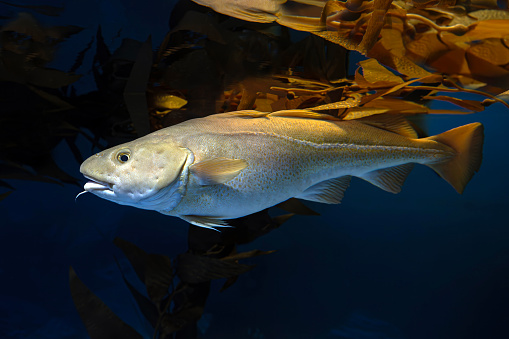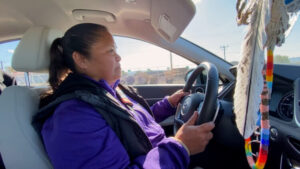
In the early years of colonial America, the settlers of Plymouth, Massachusetts, recognized the decline of fish populations, particularly cod and striped bass, in their coastal waters. This awareness, dating back to 1638, was rooted in their understanding of the environmental impact of human activities rather than attributing the changes to divine intervention or scriptural mandates. By 1615, cod had virtually disappeared from British waters, prompting English fishermen to embark on extensive voyages to Newfoundland’s Grand Banks. The situation in Massachusetts Bay mirrored this decline, as the Pilgrims observed that their land practices—such as damming streams and draining wetlands—were more detrimental to fish populations than fishing itself.
Legislation emerged from this concern, prohibiting the use of cod and striped bass as fertilizer. The memory of the cod’s plight faded over the centuries, leading to the passing of the Magnuson-Stevens Fisheries Conservation and Management Act in 1976. This law aimed to protect fish stocks but fell short of addressing the issues that had been identified in the 17th century. Instead, it was heavily influenced by national pride and Cold War politics, as industrialized fishing fleets from Russia and Japan began to dominate offshore waters.
The act, authored by Senators Warren Magnuson and Ted Stevens, extended American fishing rights to 200 miles offshore, creating exclusive zones for U.S. fisheries. Regional fishery councils were established to manage these resources, balancing governmental oversight with the interests of fishermen and marketers. Historically, cod served as a vital food source for long-distance voyages, allowing sailors to stockpile provisions for extended journeys. The ability to air-cure cod distinguished it from other fish, which required salt for preservation.
Today, there are 232 commercially valuable fish stocks managed by these councils, with two specific cod stocks found in New England: the Gulf of Maine and Georges Bank. Since 2000, efforts to rebuild fish stocks have seen success, with notable recoveries in haddock, pollock, and monkfish. However, the two cod stocks remain under duress, highlighting the ongoing challenges in fisheries management.
The turning point for sustainable fishing practices came when the Ocean River Institute, led by environmentalist Dr. Rob Moir, collaborated with commercial fishermen to advocate for an ecosystem-based approach to setting catch limits. Their successful legal action resulted in regulations that took into account the entire marine ecosystem, addressing the depletion of forage fish like herring and shad, which are critical to the food chain.
Despite these advancements, the challenge of overfishing persists, exacerbated by the significant capacity of foreign factory ships operating in the exclusive economic zone. The local fishing communities face daunting competition, and the consequences of their declining catches are felt throughout the marine environment.
Dr. Moir emphasizes the importance of re-evaluating our relationship with the ocean. He calls for a renewed commitment to sustainable practices, urging society to reflect on the lessons from Plymouth’s past. As the ocean faces increasing threats, it is crucial to consider both land and sea actions that can foster healthier ecosystems.
As we move forward, the need for sustainable fishing practices is more urgent than ever. By learning from historical precedents and prioritizing ecosystem health, we can aim to restore fish populations and ensure that future generations inherit a thriving marine environment. The fight for cod and the broader health of our oceans is a collective responsibility that requires active participation from all stakeholders.







